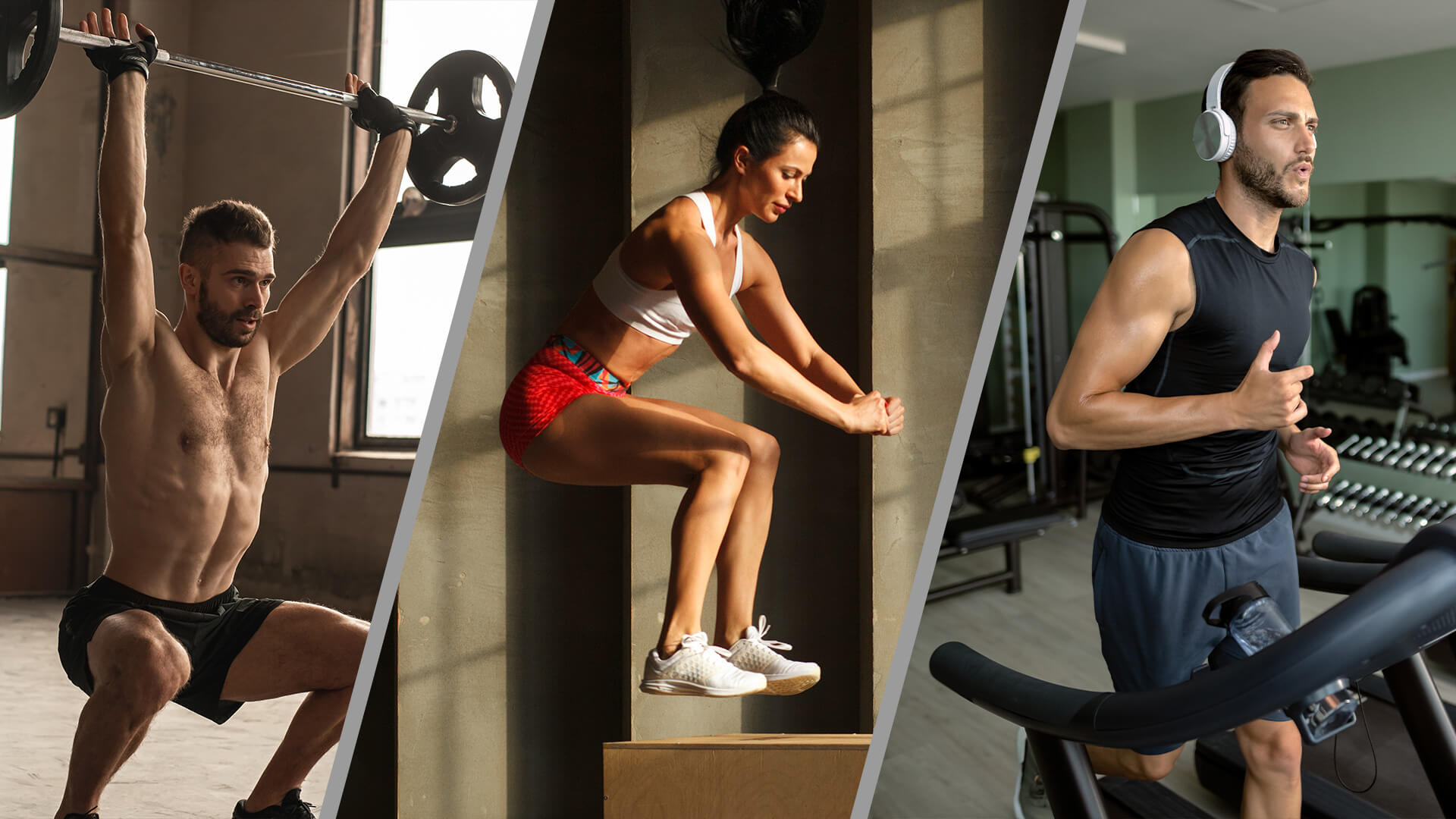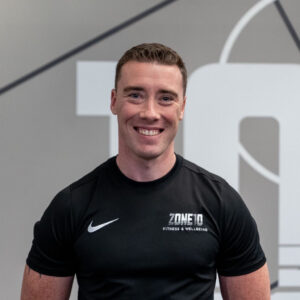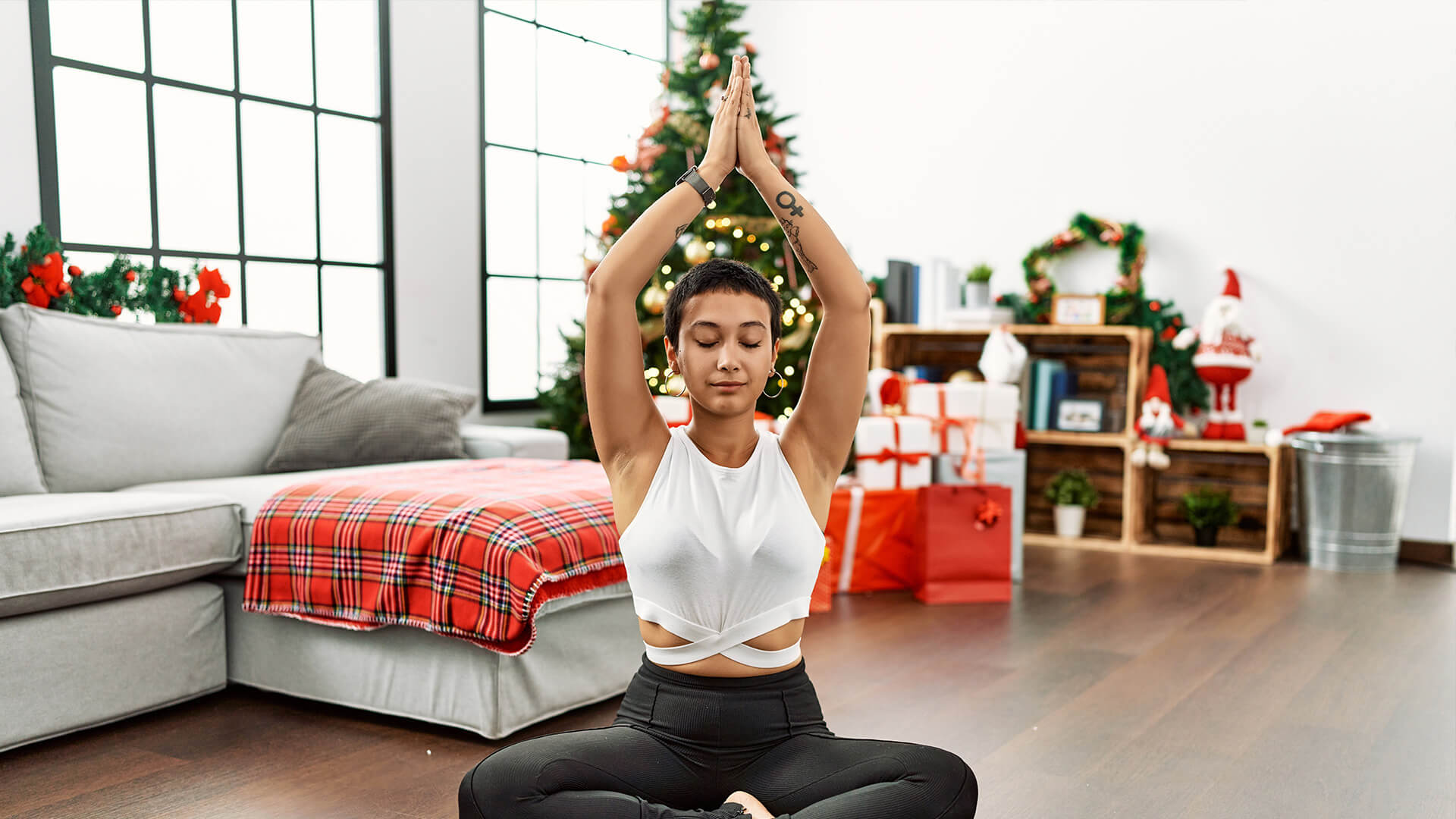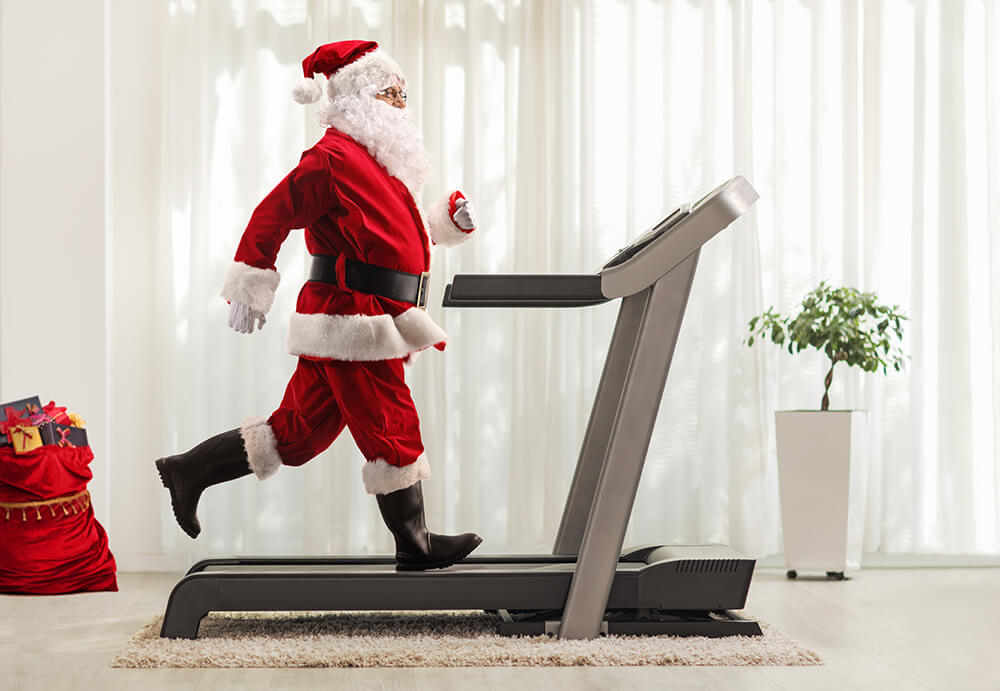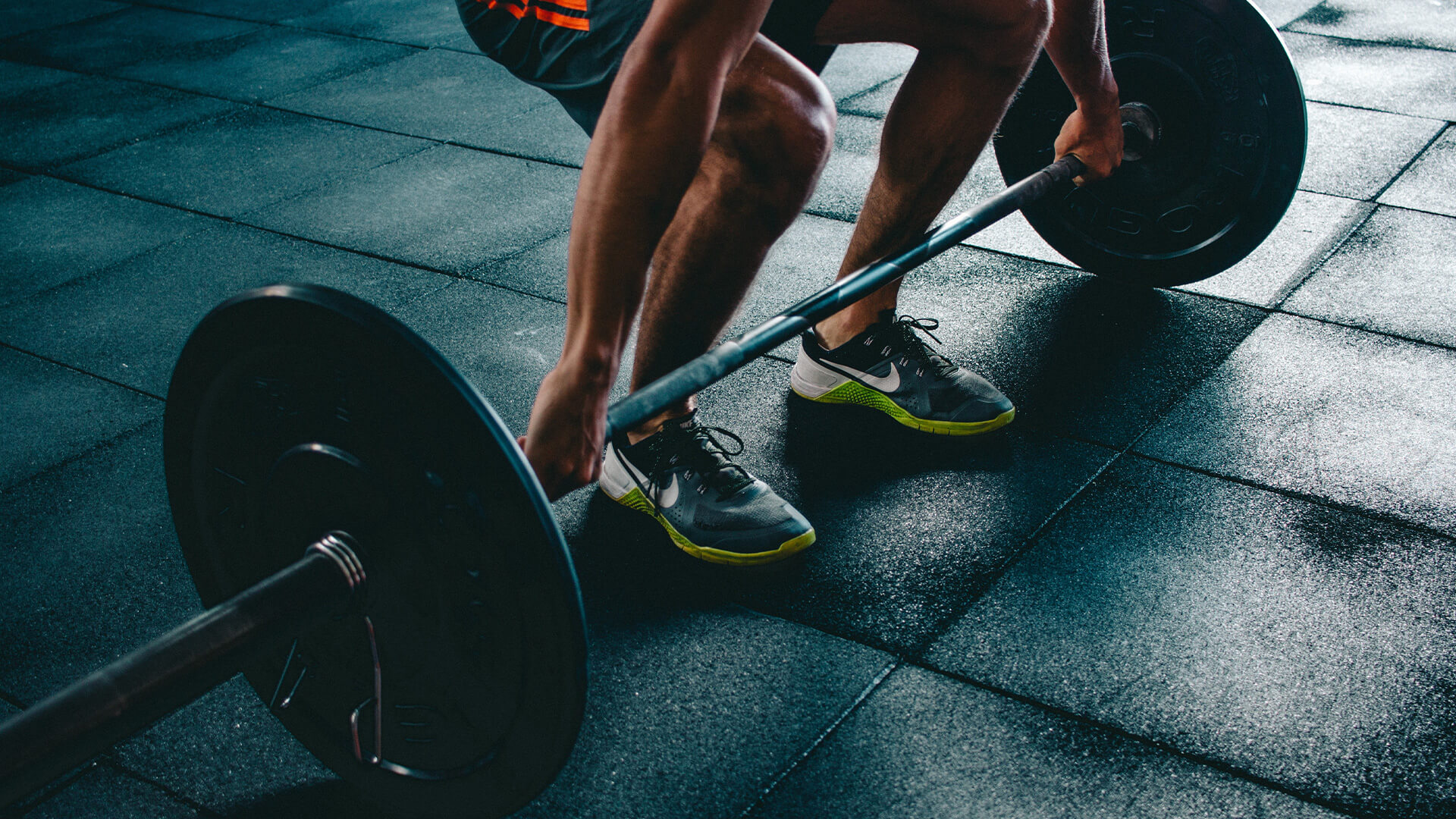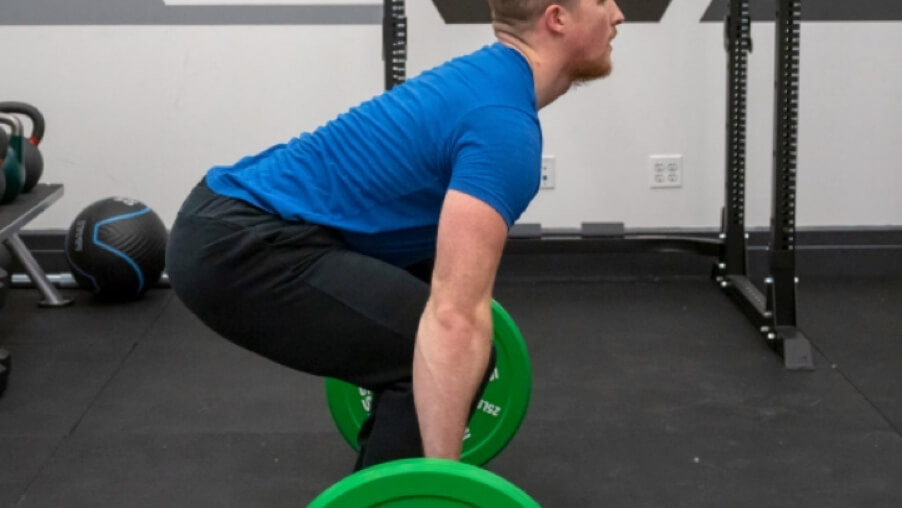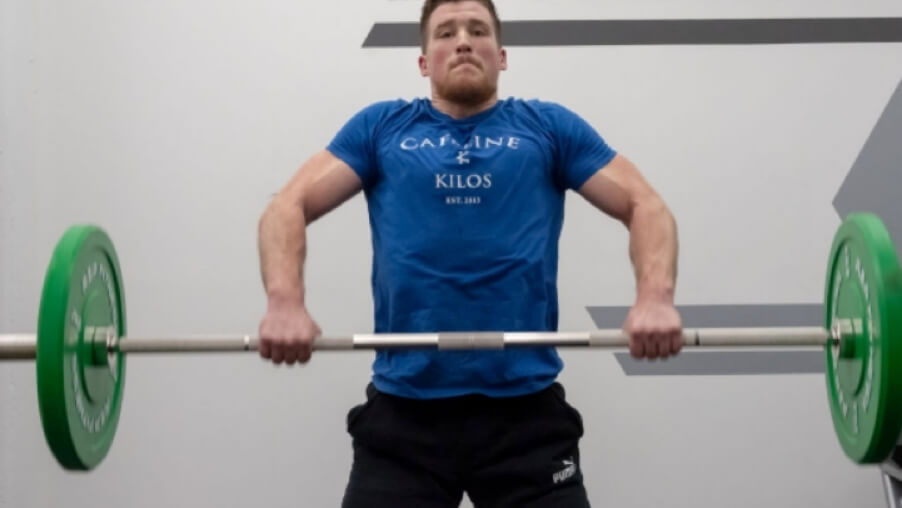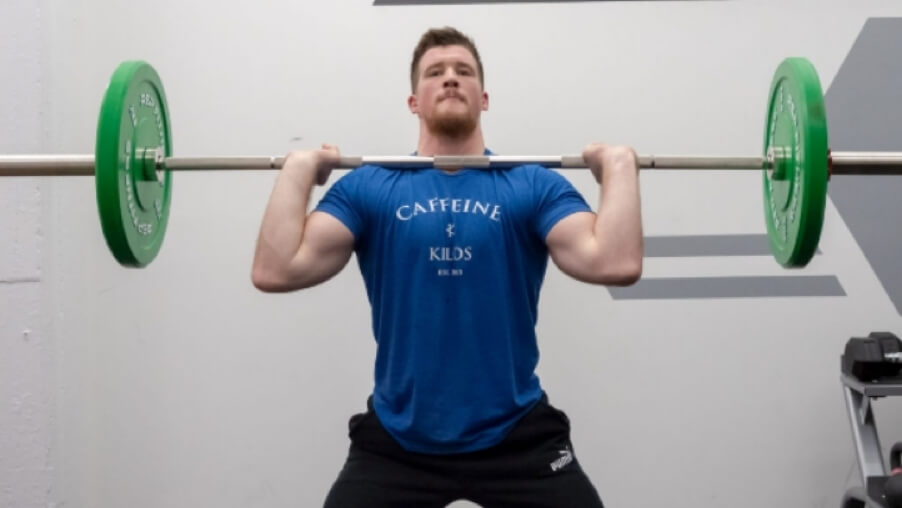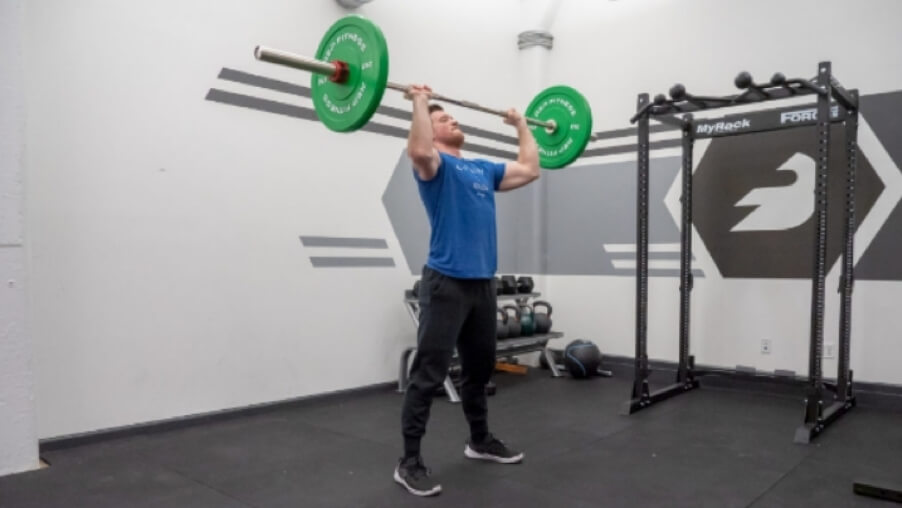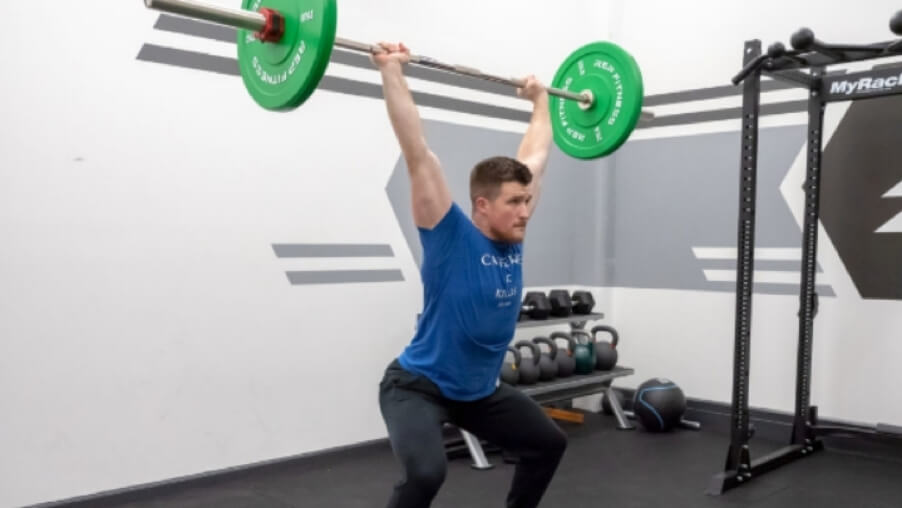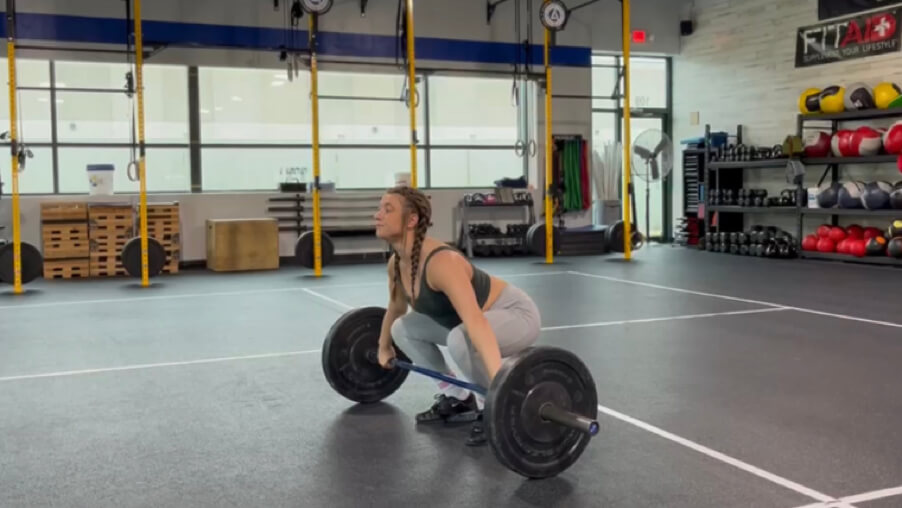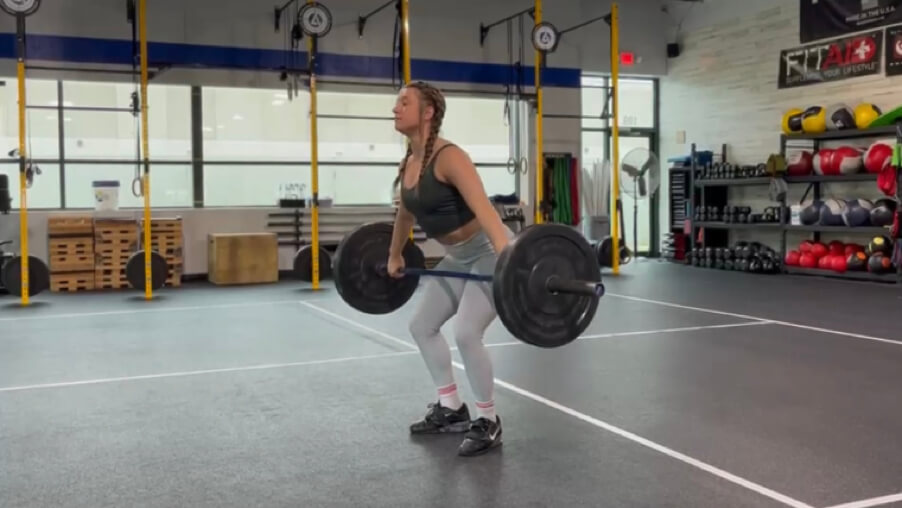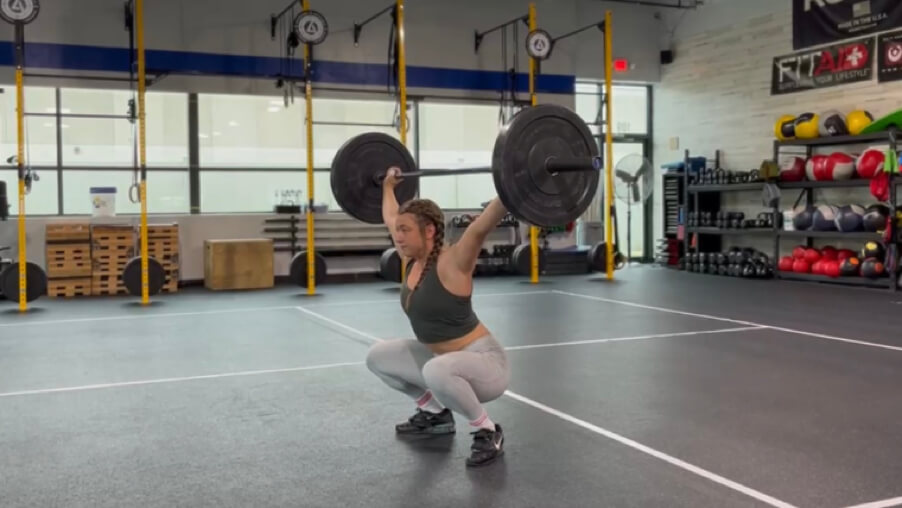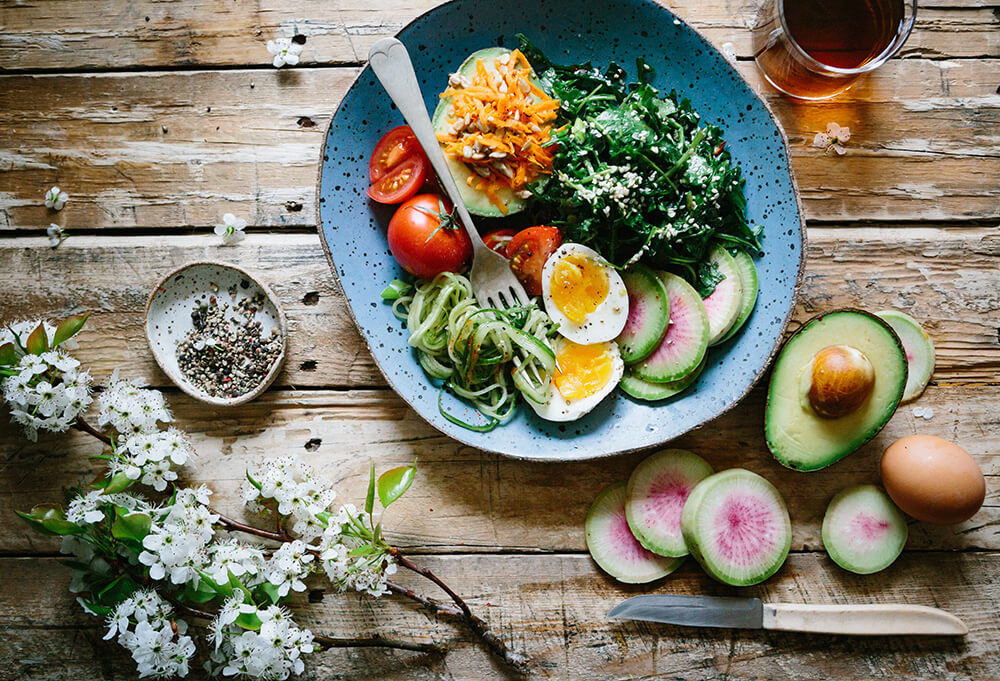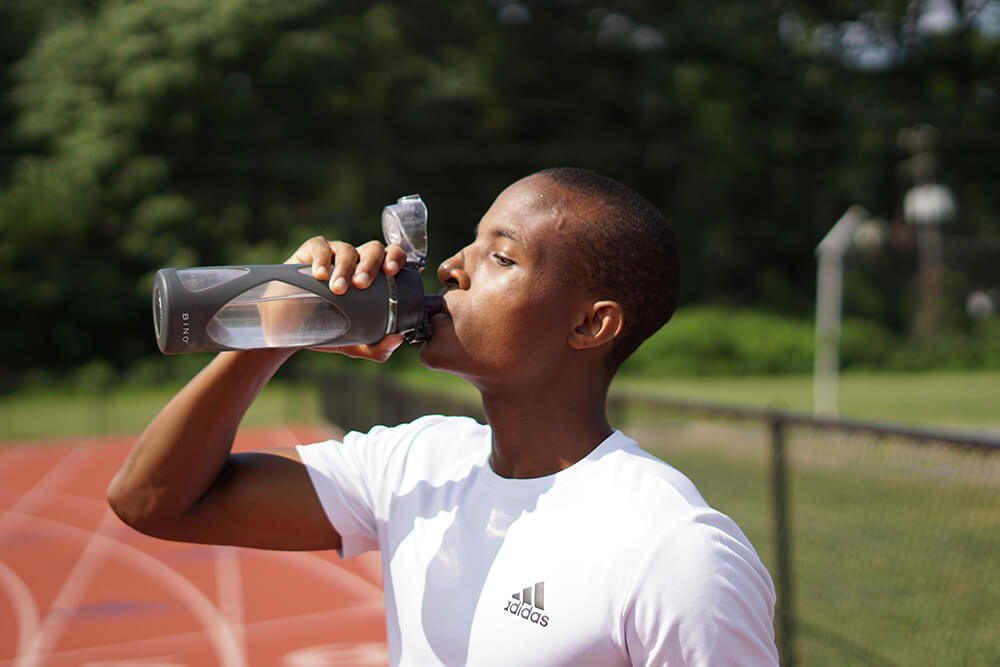With the football Euros 2024 almost upon us football fever is well and truly underway. Whether you play semi-pro or Sunday league there are a few crucial elements you should be incorporating into your training helping improve for the sport. Paul Roberts, Strength and conditioning coach based at Zone 10 outlines these key skills below…
Stength
Strength is the key to help building a strong foundation for improving overall performance on a football pitch. The starting point to increase an athlete’s strength would be to follow a progressive overload program. This is where an athlete gradually, incrementally increases resistance (weight lifted) over a set period of time. A key exercise to add to your plan would be the squat, be that with a barbell or kettlebell goblet squats. As football isn’t just played in a bilateral plane incorporating some unilateral movements such as split squats, step ups and Bulgarian splits squats will help improve single leg strength when pushing off to accelerate or decelerate.
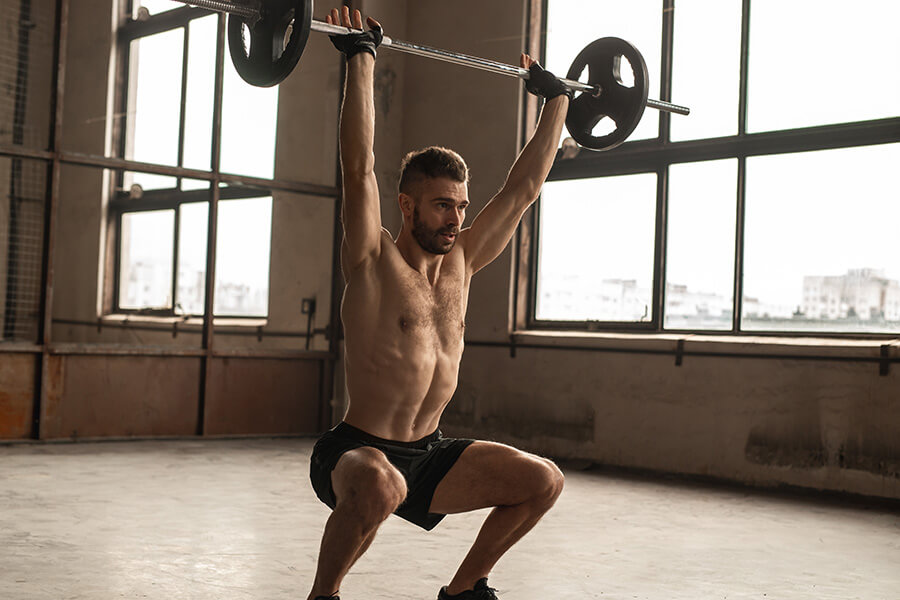
Plyometrics
An absolute must to include into your training plan is Plyometrics. This allows the body to learn to exert maximum force in the shortest possible time. With the game becoming more and more dynamic and explosive the ability for a player to generate more power will help to improve acceleration, deceleration, jumping, change of direction and top speed.
Exercises to include are drop jumps, depth jumps, box jumps, Pogos and broad jumps. These focus on developing maximum jump height.
Plyometrics are also great for helping to improve the athletes agility, an athletes ability to change direction quickly. You should be looking to include lateral jumps, bounding and hop and stick drills to develop this skill.

Repeat sprint ability
Rather than training with long slow runs (although that’s still has value) football players will derive much greater benefits training in a way which is more specific to the demands of the game. Working at a high intensity (70-90%) for shorter bouts (30-60s) is essential to improve performance for football. This is also in part due to the fact that the athletes have the ability to recover quickly while maintaining maximal effort during subsequent sprints. When in the gym a great way to train for this is repeated sprint efforts on the treadmill.
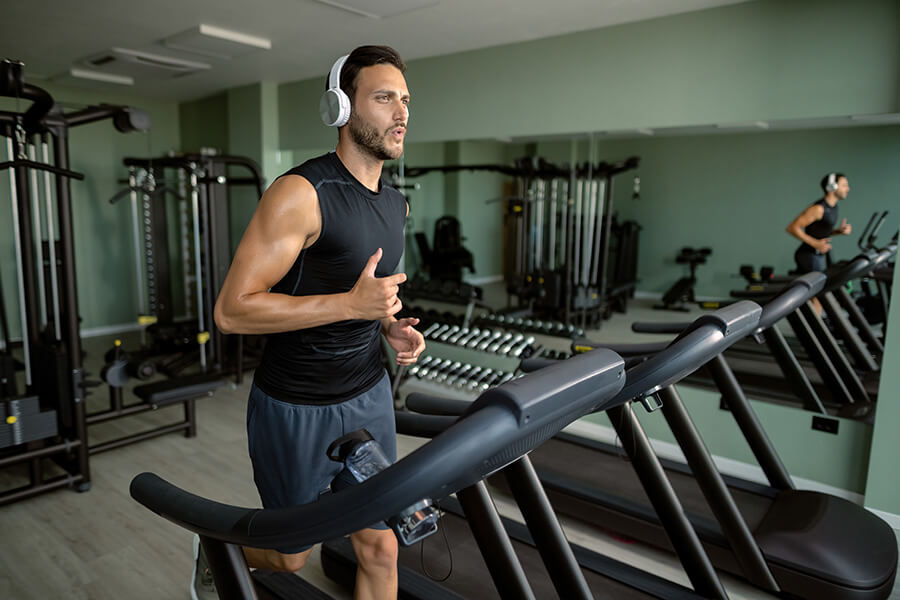
Below are a few of examples of how you would incorporate these into your gym workouts:
Strength
Exercise | Sets | Reps | Intensity | Rest |
|---|---|---|---|---|
Squats | 4 | 4-6 | 75-85% of 1RPM | 2-3mins |
Split Squats | 4 | 4-6 | 75-85% of 1RPM | 2-3mins |
SL Step Up | 4 | 4-6 | 75-85% of 1RPM | 2-3mins |
SL RDL | 4 | 4-6 | 75-85% of 1RPM | 2-3mins |
Plyometrics
Exercise | Sets | Reps | Rest |
|---|---|---|---|
Pogo’s | 4 | 8 | 1 min |
Drop jumps | 4 | 6 | 1 min |
Box jumps | 4 | 8 | 1 min |
Broad jumps | 4 | 8 | 1 min |
Repeat sprint ability
Exercise | Sets | Reps | Intensity | Rest |
|---|---|---|---|---|
Warm up | – | – | 8-10 mins | – |
Sprints | 3 | 10-12 | 30 sec effort | 40 sec |
Cool down | – | – | 8-10 minutes | – |
If you would like any further information on this or to speak to Paul about developing your own personal football specific program please feel free to speak to us in club or drop us an email on info@zone-10.co.uk.

Paul Roberts
Zone 10 - Personal Trainer

